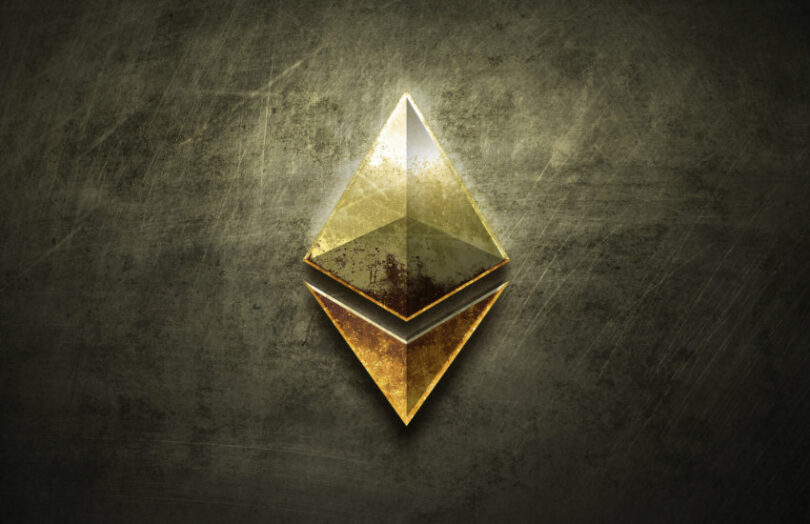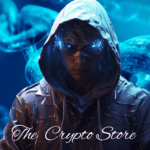In the middle of last year, the Enterprise Ethereum Alliance (EEA) assessed the readiness of the public Ethereum mainnet for enterprise use cases. It concluded it was ready but with a few caveats. Today the EEA published its latest assessment, reducing its caveats.
Like the previous report, the paper doesn’t sugarcoat the challenges. But it does come across as pretty bullish.
That said, it surprisingly undersells itself in one important area. It describes the advantages to business as the “strong ecosystem, security, and decentralization.” The reference to the strong ecosystem is a bit of an understatement. The consumer reach of public blockchain, and Ethereum in particular, is like a magnet for financial services firms seeking global distribution. Private blockchains do fine for institutional usage.
This is one of the reasons why so many institutions are exploring public blockchain, including SWIFT, Standard Chartered, HSBC, Citi, UBS and and JP Morgan. Asset managers are leading the way with Franklin Templeton’s high profile blockchain money market fund – although the biggest chunk of that is on Stellar.👈
One massive Ethereum accomplishment since the previous assessment was “The Merge”, Ethereum’s move to Proof of Stake (PoS) which addressed the environmental concerns.
Nonetheless, the EEA acknowledges that PoS comes with downsides. Businesses are probably a little less concerned about the possibility of greater centralization. But the potential to exclude or reorder transactions (frontrunning) to achieve Maximal Extractable Value (MEV) is recognized as a challenge for business.
Privacy and scalability
Privacy and scalability are two of the biggest issues. The takeup of Layer 2 solutions has grown enormously in the past 18 months, which addresses scalability and costs. However, that also comes with some tradeoffs. One of the biggest criticisms of private blockchains is fragmentation, which is happening because of numerous layer 2 solutions. They also add complexity but, at the same time, provide more choice.
The one upside is bridges that enable interoperability for layer 2 solutions can be more secure than cross chain bridges, but are still a risk. In 2022 the value lost in hacks was $3.8 billion, according to Chainalysis, with bridges making up the majority.
Beyond layer 2 solutions, scalability will be addressed at the mainnet level with Ethereum’s plans for sharding.
“Privacy remains a paramount concern, particularly in the context of Ethereum’s application in business and financial systems,” the report says. “As a result, many opt for private chains, which pose their own set of challenges, including the complexities of maintaining nodes and establishing trust among participants.” However, increasingly privacy is addressed with zero knowledge proofs and other privacy enhancing technologies. Over time their scalability is being addressed.
EY’s Paul Brody did a good job of managing expectations. “The most consistent thing missing from every analysis is a reasonable sense of timeline,” he wrote. “The blockchain industry is far too big to go back to the days of 100-200% annual growth. That’s not sustainable.”
He concluded, “This is a multi-decade project, and if we want to sustain our enthusiasm and our energy to complete this transformational and valuable task, we need to calibrate our expectations accordingly.”




























